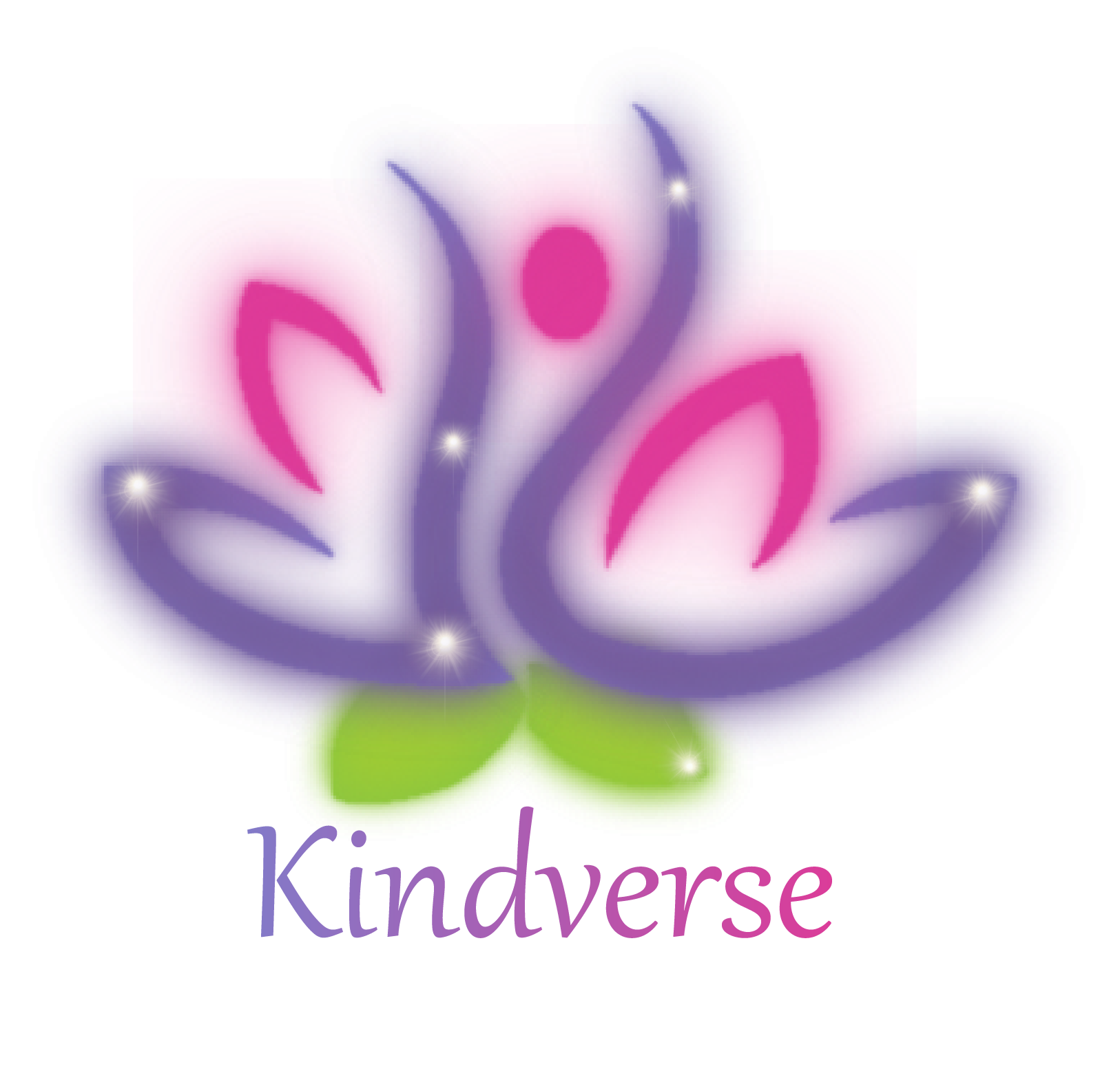Introduction
In the realm of mystical practices and divination arts, few hold as much allure and fascination as tarot reading. The tarot, with its enigmatic symbolism and centuries-old history, continues to captivate individuals seeking insight into their lives. In this article, we’ll embark on a journey into the world of tarot, delving into its origins, evolution, and its profound relevance in the modern era.
Unveiling the Origins
The roots of tarot reading trace back to medieval Europe, where the first decks emerged as playing cards in the 15th century. However, it wasn’t until the 18th century that the tarot began its transformation into a tool for divination and self-discovery. The tarot’s 78-card deck is divided into two main categories: the Major Arcana, depicting significant life events and spiritual lessons, and the Minor Arcana, reflecting the more mundane aspects of existence.
The Evolution of Tarot Reading
From its early days as a parlor game to its role as a window to the unseen, the tarot has traversed a remarkable journey. The 19th and 20th centuries witnessed a surge in interest in mysticism and occultism, elevating the tarot’s status to that of a respected divination tool. Visionaries like Arthur Edward Waite and Pamela Colman Smith gave birth to the iconic Rider-Waite Tarot deck, which revolutionized tarot imagery and symbolism.
Unearthing Tarot’s Significance
In the modern era, tarot reading stands as a powerful medium for introspection, guidance, and empowerment. Its significance is multi-faceted:
- Self-Reflection and Insight: Tarot cards act as mirrors, reflecting the depths of one’s psyche. They encourage individuals to explore their emotions, desires, and fears, fostering a journey of self-discovery.
- Guidance in Decision-Making: When facing crossroads in life, tarot readings offer valuable perspectives. They don’t predict the future with certainty, but provide insights that help individuals make informed choices.
- Tapping into Intuition: Tarot reading encourages the development of intuitive abilities. By connecting with the symbols and energy of the cards, readers learn to trust their instincts.
- Healing and Empowerment: Tarot readings can be cathartic, helping individuals process emotions and experiences. They empower seekers to take charge of their lives and embrace positive change.
- Holistic Well-Being: Beyond predicting events, tarot embraces holistic well-being. It considers the interconnectedness of mind, body, and spirit, offering a holistic approach to life’s challenges.
Embracing the Modern Age
In an era marked by rapid technological advancement, the tarot has seamlessly transitioned into the digital realm. Online tarot readings, apps, and virtual communities now make this ancient practice accessible to a global audience. The symbolism remains timeless, while the means of accessing its wisdom have evolved.
Conclusion
Tarot reading is far more than a mystical art; it’s a profound journey inward, an exploration of possibilities, and a tool for empowerment. Rooted in history, yet thriving in the modern world, tarot continues to guide and inspire individuals on their quests for meaning, clarity, and self-discovery. As we embrace the wisdom of the cards, we unlock a gateway to both the past and the future—a journey that holds transformative potential for all who embark upon it.


